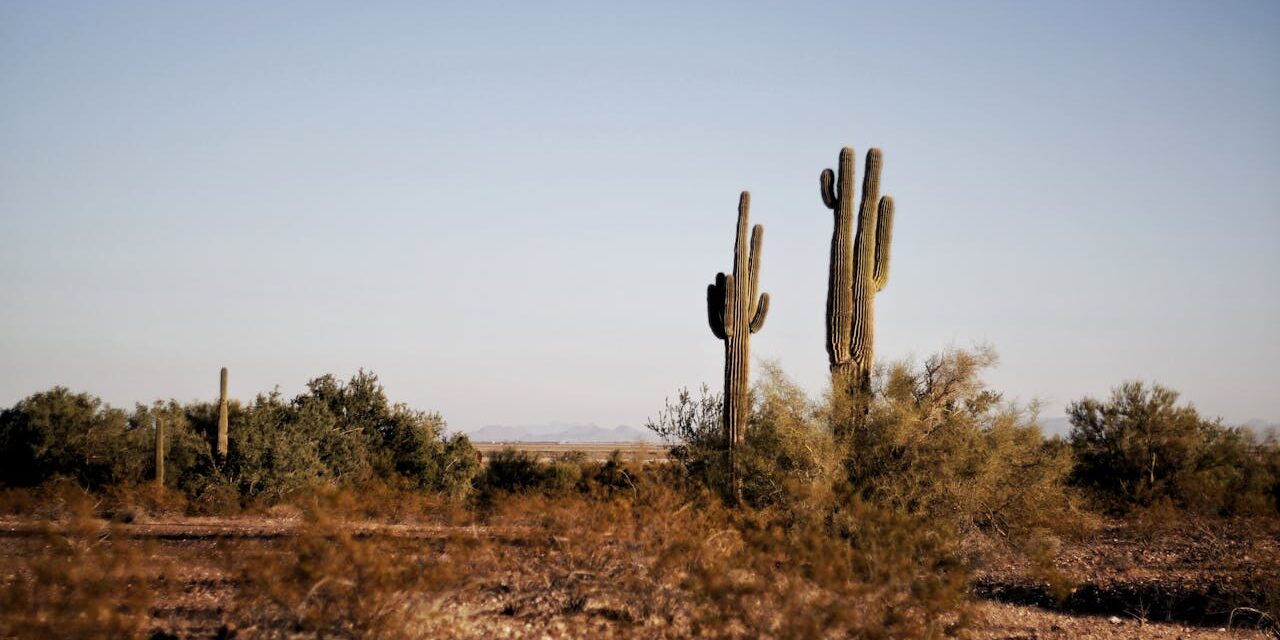The state of Arizona, known for its unique landscapes and cultural diversity, has a rich and dynamic history.
From its early indigenous roots and Spanish exploration to its status as a U.S. state and its modern development, Arizona has played a critical role in the history of the American Southwest.
Below, we explore the fascinating history of Arizona, covering its foundation, key historical events, and notable landmarks.
Table of Contents
Early History
Indigenous Inhabitants and European Exploration
Before European settlers arrived, Arizona was inhabited by various Native American tribes, including the Navajo, Apache, Hopi, and Hohokam.
- These tribes had established societies with rich cultures, agriculture, and trade networks.
- European exploration began in the 16th century years, with Spanish explorers like Marcos de Niza and Francisco Vázquez de Coronado.
The indigenous peoples and early European explorers laid the groundwork for future settlements.
Spanish and Mexican Periods
Arizona was part of New Spain until Mexican independence in 1821.
- The area saw limited Spanish settlement, mainly focused on missions and presidios.
- After the Mexican-American War (1846-1848), the Treaty of Guadalupe Hidalgo ceded Arizona to the United States.
The Gadsden Purchase of 1854 further expanded U.S. territory to include southern Arizona.
Key Historical Events
Territorial Period and Statehood
The Territory of Arizona was established in 1863, separating from the Territory of New Mexico.
- Arizona played a role in the American Civil War, initially siding with the Confederacy but soon coming under Union control.
- The territory grew with the arrival of settlers attracted by mining opportunities, particularly for copper.
Arizona achieved statehood on February 14, 1912, becoming the 48th state in the Union.
Economic and Population Growth
The early 20th century saw significant economic and population growth in Arizona.
- The mining industry continued to be a major economic driver, along with agriculture and cattle ranching.
- The construction and building of the Hoover Dam (completed in 1936) and the widespread availability of air conditioning contributed to population growth.
The post-World War II era saw rapid urbanization, particularly in cities like Phoenix and Tucson.
Notable Landmarks
The Grand Canyon
The Grand Canyon, one of the most famous and well-known natural landmarks in the world, is located in northern Arizona.
- The canyon is 277 miles long in length, up to 18 miles wide in areas, and over a mile deep.
- It became a national park in 1919 and attracts millions of visitors each year.
The Grand Canyon is a symbol of Arizona’s natural beauty and geological history.
Monument Valley
Located on the Arizona-Utah border, Monument Valley is known for its iconic sandstone formations.
- The area has been featured in numerous films and is a significant site for the Navajo Nation.
Monument Valley represents Arizona’s rich Native American heritage and stunning landscapes.
Historic Route 66
Route 66, known as the “Main Street of America,” runs through northern Arizona.
- The historic highway played a crucial role in westward migration and tourism.
Route 66 highlights Arizona’s role in American travel and culture.
Governance
State Government
Arizona operates under a constitution adopted in 1912.
- The state government consists of the Executive, Legislative, and Judicial branches.
- The governor, currently Katie Hobbs, serves as the head of the executive branch.
The state government works to address the needs of its diverse population and manage its resources effectively.
Local Government
Arizona’s local government structure includes counties, cities, and towns.
- Each level of government has specific responsibilities for services such as education, public safety, and infrastructure.
- Local governance ensures that the diverse needs of Arizona’s communities are met.
Effective local governance contributes to the overall well-being of the state’s residents.
Demographics and Growth
Population
As of 2023, Arizona’s population was approximately 7.43 million. The state’s demographic makeup includes a significant Hispanic population, reflecting its historical and cultural ties to Mexico.
Diverse demographics and steady growth reflect Arizona’s appeal as a place to live and work.
Economy and Natural Resources
Arizona’s economy is diverse, with key sectors including mining, manufacturing, agriculture, and tourism.
- The state is the leading producer of copper in the United States.
- Arizona’s warm climate and scenic beauty make it a popular destination for tourists and retirees.
These factors contribute to the state’s economic resilience and cultural vibrancy.
State of Arizona Q&A
Q: When was Arizona admitted to the Union?
A: Arizona was admitted to the Union on February 14, 1912, becoming the 48th state.
Q: Who were the original inhabitants of Arizona?
A: The original inhabitants of Arizona were various Native American tribes, including the Navajo, Apache, Hopi, and Hohokam. These tribes had established societies with rich cultures, agriculture, and trade networks.
Q: What role did Arizona play during the American Civil War?
A: Arizona initially sided with the Confederacy but soon came under Union control. The territory played a strategic role due to its geographic location and resources.
Q: What are some notable historical landmarks in Arizona?
A: Notable landmarks include the Grand Canyon, Monument Valley, and Historic Route 66. These sites highlight Arizona’s natural beauty, Native American heritage, and role in American travel history.
Q: How is Arizona governed?
A: Arizona operates under a constitution adopted in 1912, with an Executive, Legislative, and Judicial branch. The governor serves as the head and center of the executive branch, and local governance is managed by counties, cities, and towns.
Q: What is the current population of Arizona?
A: As of 2023, Arizona’s population was approximately 7.43 million. The state continues to attract residents with its diverse culture, educational opportunities, and economic resilience.
Arizona’s dynamic history and commitment to preserving its natural and cultural heritage make it a unique and vibrant state.
By maintaining its historical landmarks and fostering growth in new industries, Arizona continues to honor its past while looking forward to a prosperous future.




